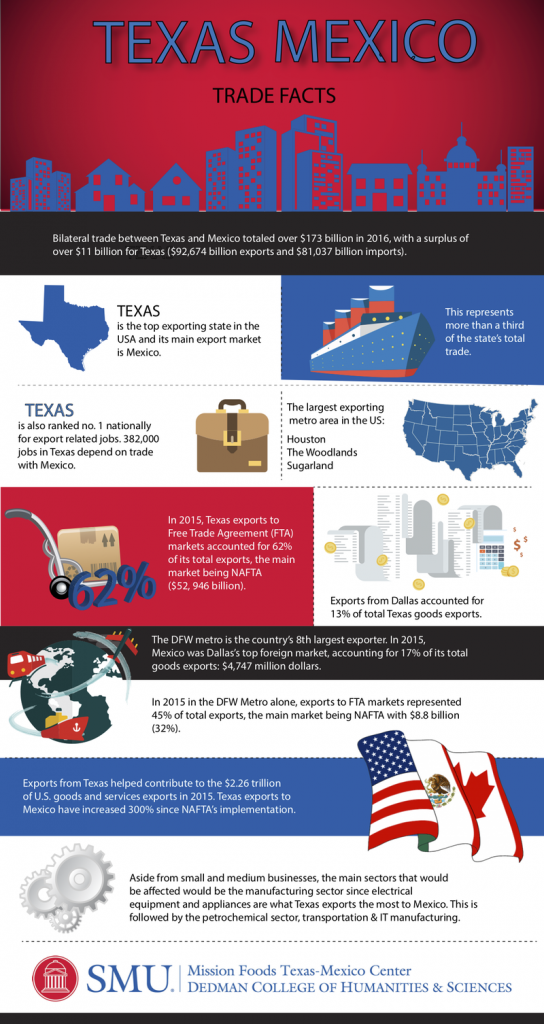
The following is from my article in the latest BYU Studies Quarterly:
Another objection [to immigration] is what is known as the “epidemiological case,” which argues that immigrants may bring with them foreign values that undermine the culture and institutions of the host country. In essence, immigrants transmit to rich countries those elements that make their source countries poor. What makes this rather prejudiced argument all the more jarring is the fact that it has virtually no supporting evidence. Unfortunately, very little empirical research has been conducted exploring the impact of immigrants on cultural, political, and economic institutions at all. However, the research that is available should calm fears and actually provide reasons for optimism. For example, there is no association between growth of total-factor productivity (TFP) in rich countries and the ratio of migrants from low-income countries, indicating that migrants do not “contaminate” their new homes with the low productivity of their source countries.
The Canada-based Fraser Institute publishes its oft-cited Economic Freedom of the World report annually. Its indicator—known as the Economic Freedom of the World (EFW) Index—defines economic freedom based on five major areas: (1) size of the government, (2) legal system and the security of property rights, (3) stability of the currency, (4) freedom to trade internationally, and (5) regulation of labor, credit, and business. According to the institute’s most recent report (which looks at data from 2015), countries with more economic freedom had considerably higher per-capita incomes and economic growth. Relying on this index, a 2015 study found that a larger immigration population marginally increases the economic freedom of the host country’s institutions. No negative impacts on economic freedom were found. Several authors from this study looked at Israel during the 1990s as a natural experiment in mass migration. During the 1990s, Israel’s population grew by 20 percent due to immigrants from the former Soviet Union. Yet, instead of experiencing decline, Israel shot up “from 15% below the global average [in economic freedom] to 12% above it and improv[ed] its ranking among countries by 47 places.” Similarly, a 2017 study found that higher diversity—measured by levels of ethnolinguistic and cultural fractionalization—predicts higher levels of economic freedom. While this particular study mainly discusses development economics,the correlation between high diversity and high economic freedom is an important aspect of the immigration debate. Barring members of different ethnolinguistic groups from entering the country may actually be holding back economic development (pg. 95-97).
Now, a new Cato working paper adds more evidence to the pile. The authors write,
In 1990 and 1991, about 300,000 Palestinians were expelled from Kuwait by Saddam Hussein’s invasion and could not return after the war (van Hear 1992, 5; Colton 2002). These Kuwaiti-Palestinians were forced to Jordan where, due to a quirk of Jordanian law, they arrived as citizens who could vote, work, own property, and otherwise influence the political and economic system of Jordan even though most of them had never lived in Jordan before. The surge of 300,000 Kuwaiti-Palestinians was equal to about 10 percent of Jordan’s pre-surge population. If such a proportionally large, sudden surge of immigrants entered the United States in 2015, it would be as if 31.6 million immigrants entered in a single year. To make it more challenging, the Kuwaiti-Palestinians arrived in the midst of a severe recession in a country with far weaker economic institutions. While this example does not speak directly to emigration from the developing world to the developed world, it does provide another example of how institutions change under migratory stress.
Natural experiments like these are valuable because they remove concerns about endogeneity and are more convincing than large cross-sections of many countries. Economists have successfully used natural experiments to study how exogenous immigration shocks affect labor markets (Card 1990; Hunt 1992; Carrington and de Lima 1996; Angrist and Krueger 1999; Friedberg 2001; Lach 2007; Kugler and Yuksel 2008; Alix-Garcia and Saah 2009; Cohen-Goldner and Paserman 2011; van der Vlist, Czamanski, and Folmer 2011; Glitz 2012; Ceritoglu, Yunculer, Torun, and Tumen 2017; Balkan and Tumen 2015; Borjas 2015). We turn these empirical methods to understanding how an exogenous surge of immigrants affects institutions (pg. 5-6).
Their findings?:
Jordan’s absolute economic freedom score was 5.43 in 1990 and rose rapidly to 6.14 in 1995 and then 7.06 by 2000 (Figure 1). It also increased relative to the average economic freedom score for all non-developed, OECD, and Organization of Islamic Cooperation (OIC) nations after 1990…Relative to all non-developed nations, Jordan went from having an absolute economic freedom score of 0.5 above all non-developed countries in 1990 to 1.1 points above in 2000. Relative to Organization of Islamic cooperation countries, Jordan went from 1 point ahead in 1990 to 1.5 points ahead in 2000. It also closed the gap with OECD countries from 1.3 in 1990 to around 0.5 in 2000. Jordan’s economic freedom score was slightly above those of the non-OECD world in 1975, but it converged with the economic freedom score of the OECD nations by the early 2000s…Relative to the OECD mean, Jordan’s economic freedom score gap widened from 0.50 points to 1.12 points from 1980 to 1990 but then narrowed to 0.57 in 2000 and 0.44 in 2002…Jordan’s economic freedom score climbed from one similar to the average of the non-OECD world in 1980 to one much closer to the OECD mean in 2002 (pg. 15-16).




 Immigration policy is controversial topic in 2018. In response to refugee crises and legal situations that can break up families, the LDS Church announced its “I Was a Stranger” relief effort and released a statement encouraging solutions that strengthens families, keeps them together, and extends compassion to those seeking a better life. This article seeks to shed light on a correct understanding of immigration and its effects. Walker Wright gives a brief scriptural overview of migration, explores the public’s attitudes toward immigration, and reviews the empirical economic literature, which shows that (1) fears about immigration are often overblown or fueled by misinformation and (2) liberalizing immigration restrictions would have positive economic effects.
Immigration policy is controversial topic in 2018. In response to refugee crises and legal situations that can break up families, the LDS Church announced its “I Was a Stranger” relief effort and released a statement encouraging solutions that strengthens families, keeps them together, and extends compassion to those seeking a better life. This article seeks to shed light on a correct understanding of immigration and its effects. Walker Wright gives a brief scriptural overview of migration, explores the public’s attitudes toward immigration, and reviews the empirical economic literature, which shows that (1) fears about immigration are often overblown or fueled by misinformation and (2) liberalizing immigration restrictions would have positive economic effects.
 Total wealth in the new approach is calculated by summing up estimates of each component of wealth: produced capital, natural capital, human capital, and net foreign assets. This represents a significant departure from past estimates, in which total wealth was estimated by (1) assuming that consumption is the return on total wealth and then (2) calculating back to total wealth from current sustainable consumption…In previous estimates, produced capital, natural capital, and net foreign assets were calculated directly, then subtracted from total wealth to obtain a residual.
Total wealth in the new approach is calculated by summing up estimates of each component of wealth: produced capital, natural capital, human capital, and net foreign assets. This represents a significant departure from past estimates, in which total wealth was estimated by (1) assuming that consumption is the return on total wealth and then (2) calculating back to total wealth from current sustainable consumption…In previous estimates, produced capital, natural capital, and net foreign assets were calculated directly, then subtracted from total wealth to obtain a residual.
 Because managers and workers apply different skills, the best workers may not be the best candidates for managers. When this is the case, do firms promote someone who excels in her current position, or someone who is likely to excel as a manager? If firms promote based on current performance, then firms may end up with worse managers. Yet if firms promote based on traits that predict managerial potential, then firms may pass over higher performing workers, weakening the power of promotions to encourage workers to perform well in their current roles. Such promotion policies could also lead to perceptions of favoritism, unfairness, or that succeeding in one’s job goes unrewarded.
Because managers and workers apply different skills, the best workers may not be the best candidates for managers. When this is the case, do firms promote someone who excels in her current position, or someone who is likely to excel as a manager? If firms promote based on current performance, then firms may end up with worse managers. Yet if firms promote based on traits that predict managerial potential, then firms may pass over higher performing workers, weakening the power of promotions to encourage workers to perform well in their current roles. Such promotion policies could also lead to perceptions of favoritism, unfairness, or that succeeding in one’s job goes unrewarded.